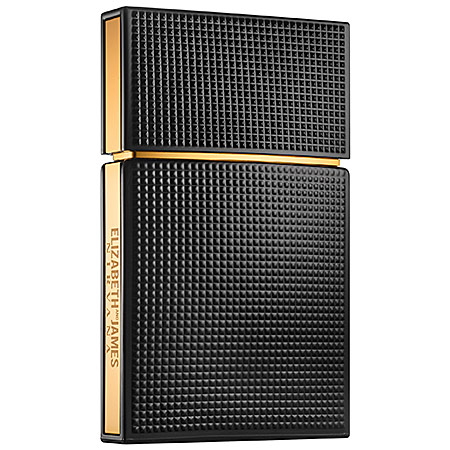Studying for exams can be the bane of our existence. Where does one start? How long does one study? What is it we don’t know that we don’t know? Just a few questions that cross our mind during the anxiety phase. Through trial and error we have created study habits best suited for our learning styles. Some of these study habits, though, have been passed down to us like secret family recipes. For example, over indulging in the highlighting of lecture material in fluorescent colors to create the most picturesque image of what we think is important. But, just how effective is highlighting while studying? Is it a waste of precious time that we cannot get back? Well, Valley is not the first to ask these sorts of questions.
Some research has indicated that highlighting while studying actually interferes with learning. When you are focused on picking out the key points you can lose sight of interpreting the material, creating linkage pathways and drawing inferences. Basically, what you end up with is a hot highlighting mess and limited understanding of what you just read. There are two types of memory: recall and recognition. Recall ability is when you dig deep in your memory bank and explain the information, thereby demanding higher concentration and processing. Recognition ability is when you see it on paper, perhaps in a multiple choice, you can pick out the right answer; it does not require in depth processing. Studies have shown that when you are able to recall the information, it tends to stay in the memory longer. Highlighting tends to contribute to recognition ability, which may be good for one test, but not comprehensive understanding.
Researchers have also found that students who highlight when they first read the material tend to re-read the highlighted and un-highlighted parts of the text when studying for the exam, essentially defeating the purpose of highlighting in the first place. However, there is some benefit. It is not a complete study faux-pas.
“When I was in Law school, I found that I had to highlight parts of the text because the material was so dense, I had to cut it down somehow. I then collated the highlighted parts into a review document, which I read leading up to the exam,” says a former Law student at the University of Bristol in the United Kingdom.
The more effective way to study is utilizing practice tests. When practice tests are not available, using flashcards is the next best thing. Practice tests/questions truly give you an understanding of how well you comprehended the material and then brings to light areas you struggle with, making your review efforts concentrated on areas of weakness.
Considering how monotonous studying can be, highlighting may have become one of those things to make studying more fun and easy. Yet we know that everything that is fun and easy is not necessarily good for us. Perhaps consider ditching the highlighter and picking up a new study buddy.






Alexandra O’Donnell liked this on Facebook.